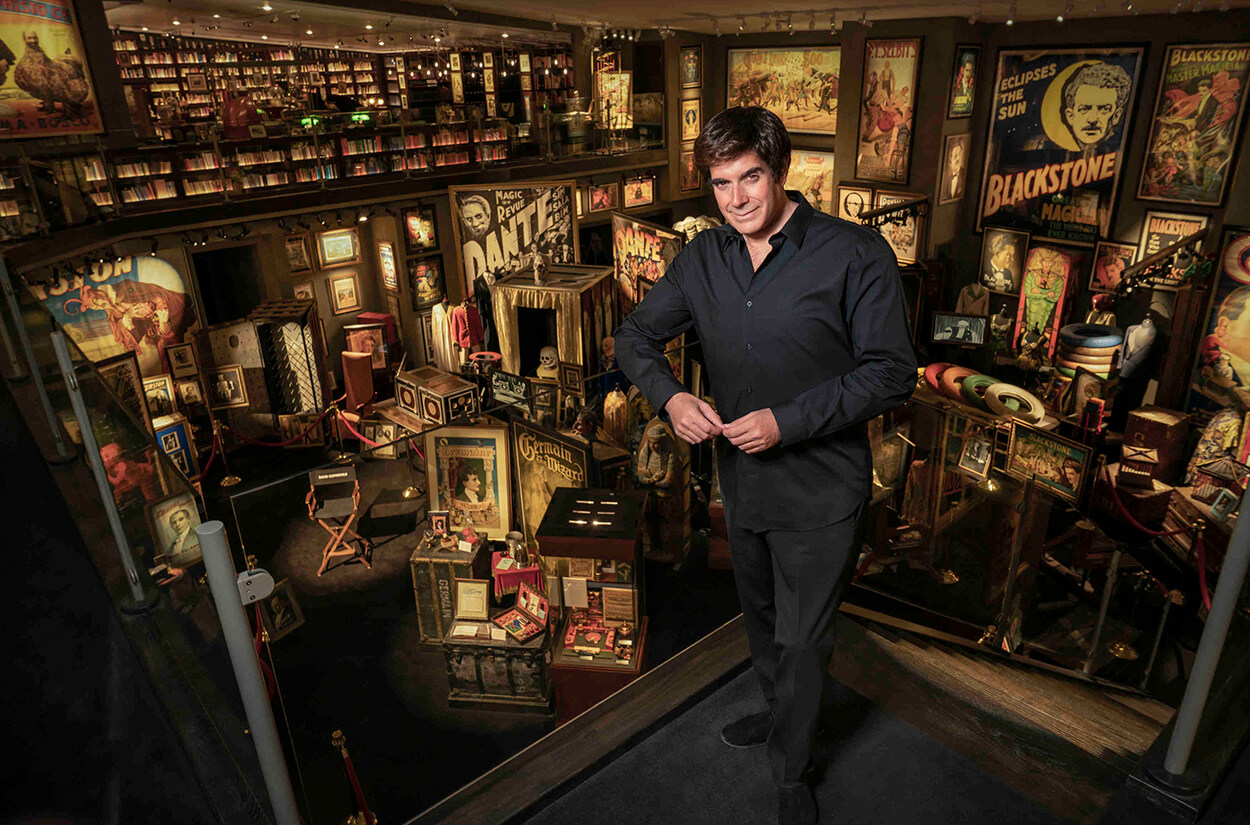The man who has made the Statue of Liberty vanish and walked through the Great Wall of China, strives to travel through time.
Living in the moment won’t suffice for David Copperfield.
This is true in his stage show at MGM Grand Theater, which employs black-and-white film clips depicting Copperfield’s father, and a time-worn, handwritten letter written decades ago.
The illusionist’s zeal to span generations is celebrated on an even grander scale at his own private museum of magic. He’s dubbed it the David Copperfield International Museum and Library of the Conjuring Arts, but passersby won’t find an elaborate sign outside, or any indication at all of what lies inside the 40,000-square-foot, one-time warehouse just a few miles from his eponymous theater where he performs 15 shows a week.
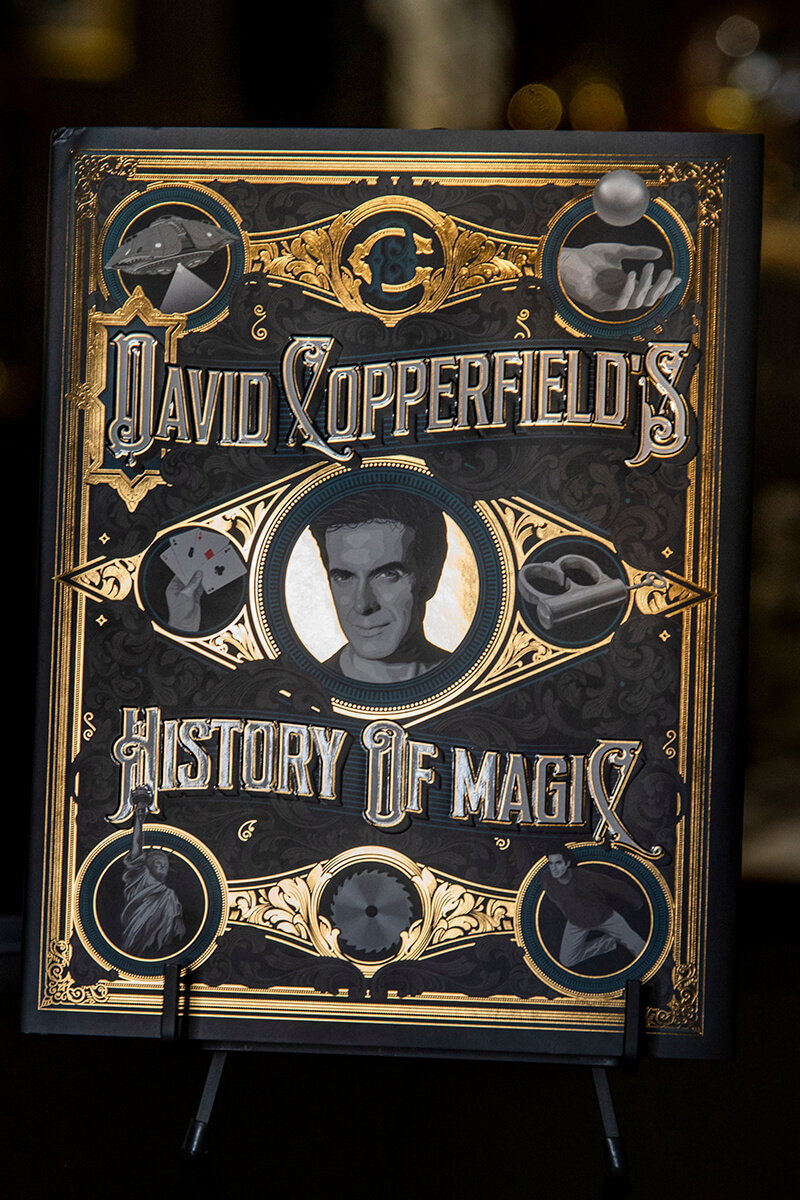 The cover of David Copperfield's new book, "History of Magic," was published by Simon & Schuster, and weighs nearly three pounds. (L.E. Baskow/Las Vegas Review-Journal) @Left_Eye_Images
The cover of David Copperfield's new book, "History of Magic," was published by Simon & Schuster, and weighs nearly three pounds. (L.E. Baskow/Las Vegas Review-Journal) @Left_Eye_Images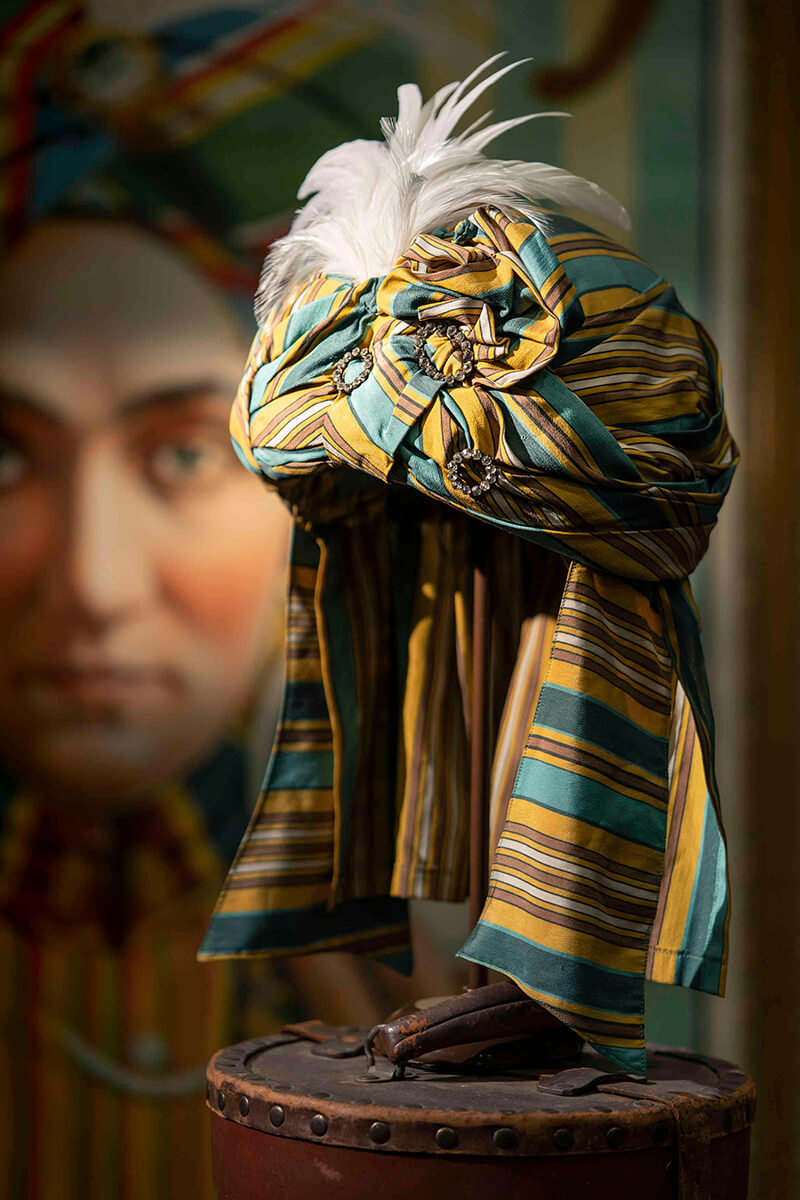 A turban associated with the magician Alexander the Man Who Knows on display at David Copperfield's International Museum and Library of the Conjuring Arts. (Homer Anthony Liwag)
A turban associated with the magician Alexander the Man Who Knows on display at David Copperfield's International Museum and Library of the Conjuring Arts. (Homer Anthony Liwag)This museum is something that’s really an amazing place, but that I can’t share with the mass public because of the secrets they’re involved in here.
David Copperfield
While the secret museum has no windows, it offers a sweeping view of the history of magic. And despite its undeniable potential as a ticketed attraction, the museum has never been open to the public.
But now Copperfield is offering the world its first glimpse of the vast trove of supernatural artifacts in his new book “David Copperfield’s History of Magic.” The 272-page hardbound volume is appropriately released during Halloween week, the most spellbinding time of the year.
“This museum is something that’s really an amazing place, but that I can’t share with the mass public because of the secrets they’re involved in here,” Copperfield said in a rare interview inside the museum, clad in jeans, a casual shirt and zippered jacket, all in signature black.
“We do tours of the museum for scholars, for the press, for scientists, for filmmakers, for authors, they come here and experience this eight people at a time,” he said. “I wanted to share with many more people.”
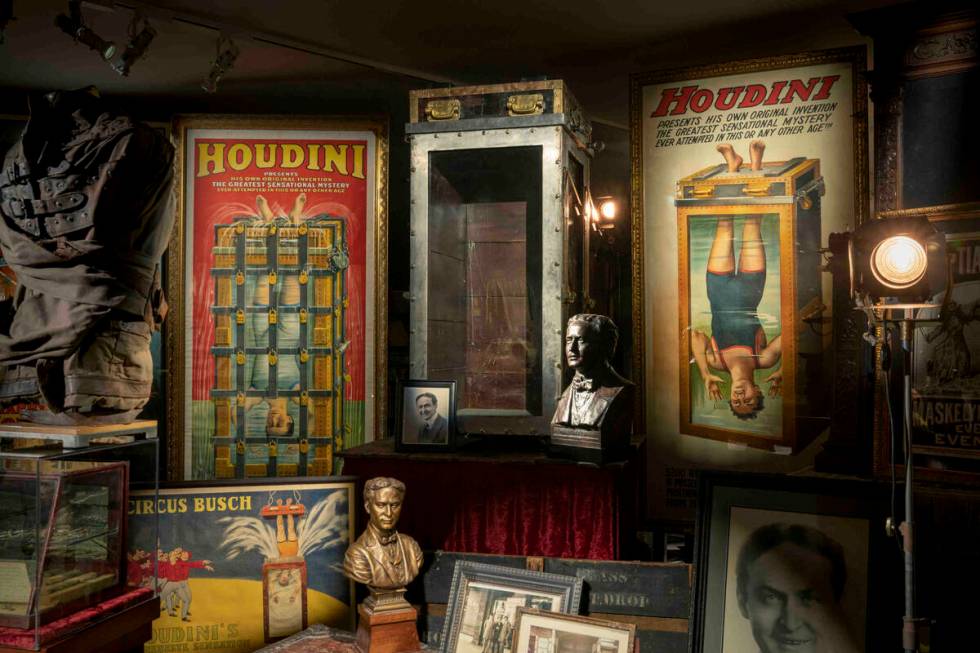

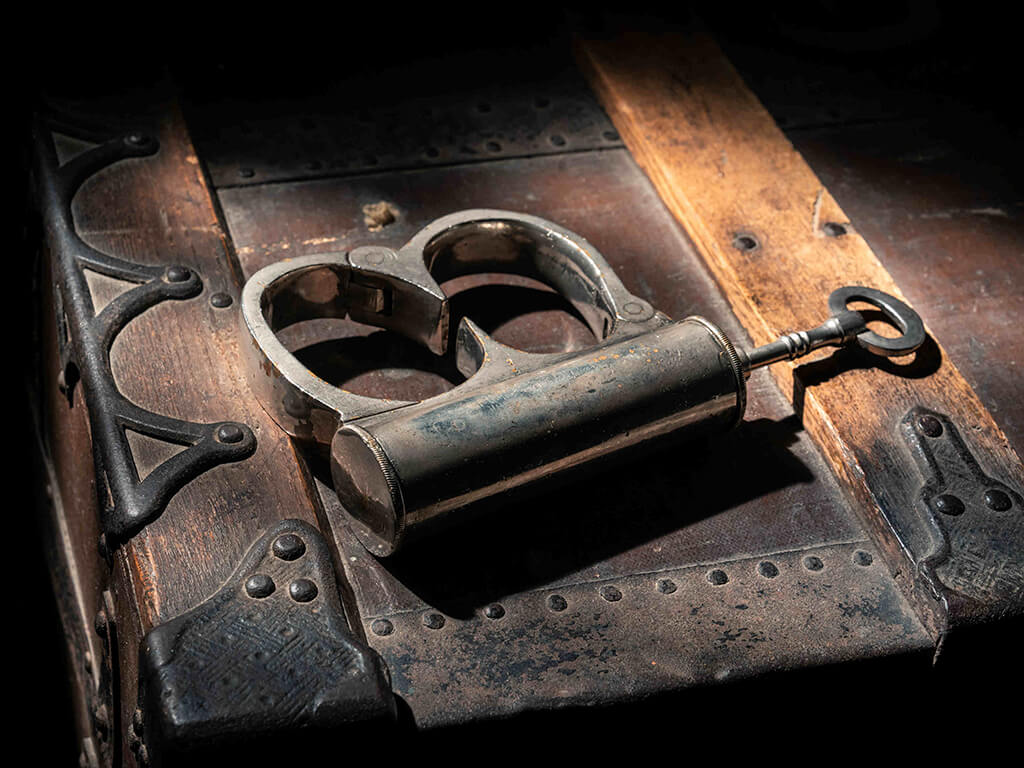 A set of handcuffs that belonged to magician Harry Houdini, who was known as "The King of Handcuffs." (Homer Anthony Liwag)
A set of handcuffs that belonged to magician Harry Houdini, who was known as "The King of Handcuffs." (Homer Anthony Liwag)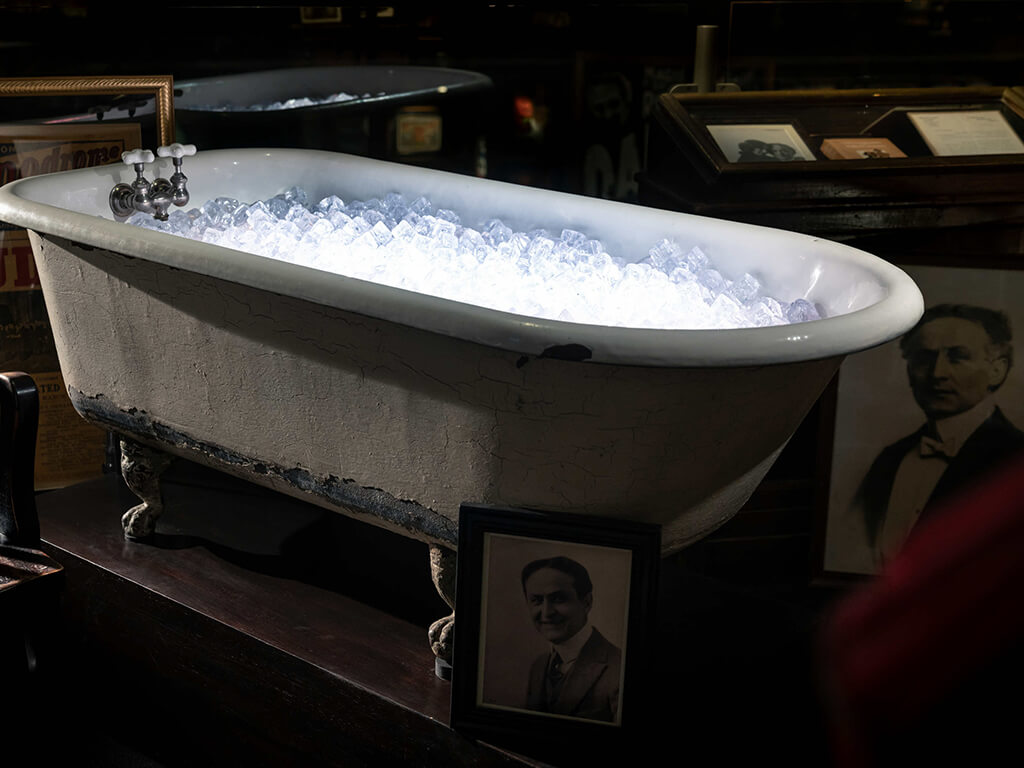 Harry Houdini often filled his bathtub with ice water to prepare himself for acts that involved jumping into lakes and rivers. The tub sits in the museum filled with plastic ice cubes as an homage. (Homer Anthony Liwag)
Harry Houdini often filled his bathtub with ice water to prepare himself for acts that involved jumping into lakes and rivers. The tub sits in the museum filled with plastic ice cubes as an homage. (Homer Anthony Liwag)Secret passage
Entering the space is a cinematic experience, and begins as a replica of Copperfield’s family menswear store and a secret passage into the undiscovered. A maze of rooms follows, each filled with carefully curated stagings of tens of thousands of pieces of magic memorabilia, props, publications, costumes, posters and assorted ephemera.
Copperfield’s Houdini collection, the largest in the world, features the legendary musician’s water torture chamber, metamorphosis trunk and straitjacket. The turban that Alexander employed to read minds, the sawing-in-half prop used by Dante, and a costume worn by “Queen of Magic” Adelaide Herrmann from the turn of the 19th century, are among the more than 200,000 artifacts Copperfield has collected over the years.
Photos and details of the acquisitions accompany the book’s historical look at 28 of the most groundbreaking magicians — from a 16th-century magistrate who wrote the first book on conjuring to a woman who caught bullets in her teeth. Historians Richard Wiseman and David Britland, both of whom specialize in the culture of magic, collaborated on the research and co-authored the book. It’s an elegant scrapbook of sorts, one that combines Copperfield’s expertise and authority about the medium and his appreciation as a fan who still carries a childlike passion for the craft.
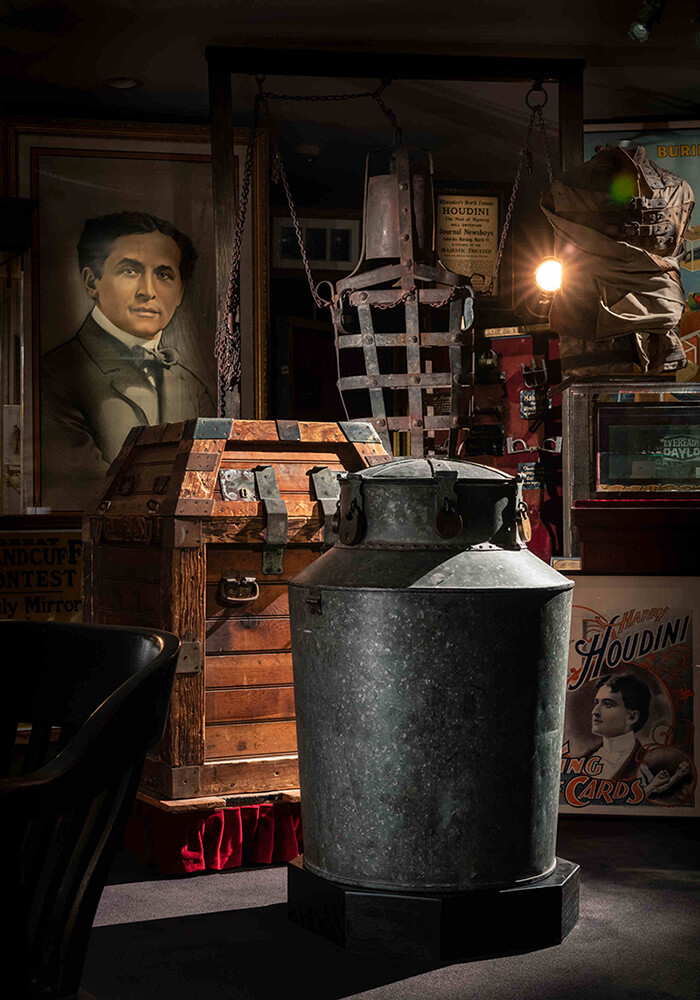 A galvanized milk can used by Harry Houdini for a famous onstage water escape, as displayed in David Copperfield's International Museum and Library of the Conjuring Arts. (Homer Anthony Liwag)
A galvanized milk can used by Harry Houdini for a famous onstage water escape, as displayed in David Copperfield's International Museum and Library of the Conjuring Arts. (Homer Anthony Liwag)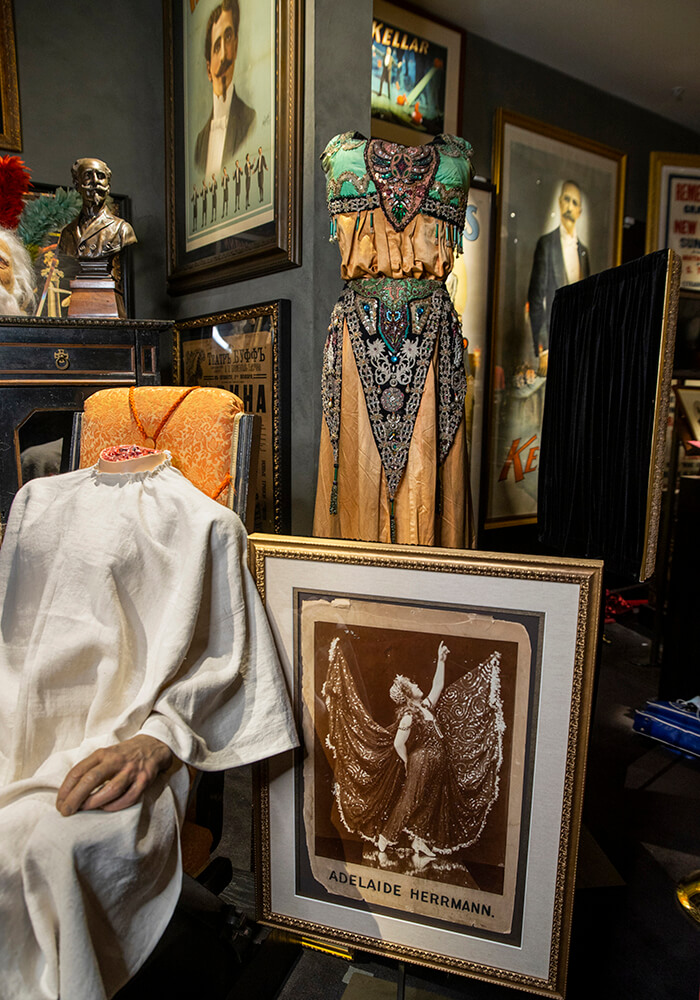 A dress worn by magician and vaudeville performer Adelaide Herrmann on display at David Copperfield's International Museum and Library of the Conjuring Arts. (L.E. Baskow/Las Vegas Review-Journal) @Left_Eye_Images
A dress worn by magician and vaudeville performer Adelaide Herrmann on display at David Copperfield's International Museum and Library of the Conjuring Arts. (L.E. Baskow/Las Vegas Review-Journal) @Left_Eye_ImagesAs Copperfield says, “The book really gives a great feeling of all these amazing stories, amazing lives of all these individuals.”
Copperfield points to the Adelaide Herrmann dress, displayed a few feet away from our conversation as an example. “During her day, she took over for Alexander Herrmann, her husband, when he passed away. She caught bullets in midair, did escapes, did amazing things and inspired other women to do things that they had been told they weren’t allowed to do.”
Copperfield, the author and performer, is the lone living magician depicted in the book.
“There are all kinds of stories, not only of the past, but of my present in here, talks about things that I’m trying to push the art forward,” Copperfield said. “And so it’s not just magic history of the past. It’s also where it’s going.”
In his own performances, Copperfield maps that direction.
“Most of my bandwidth is upon moving magic forward, inventing new magic, you know, when you come to my show, you’ll see dinosaurs. There are no dinosaurs in the history of magic, you know, (but) maybe I’m a dinosaur,” Copperfield says, slipping in a sly joke. “No, no. But I’m trying to really do things with dinosaurs. You know, doing things with time travel and spaceships and aliens, things that kind of changed the language of magic, so I don’t become a dinosaur.”
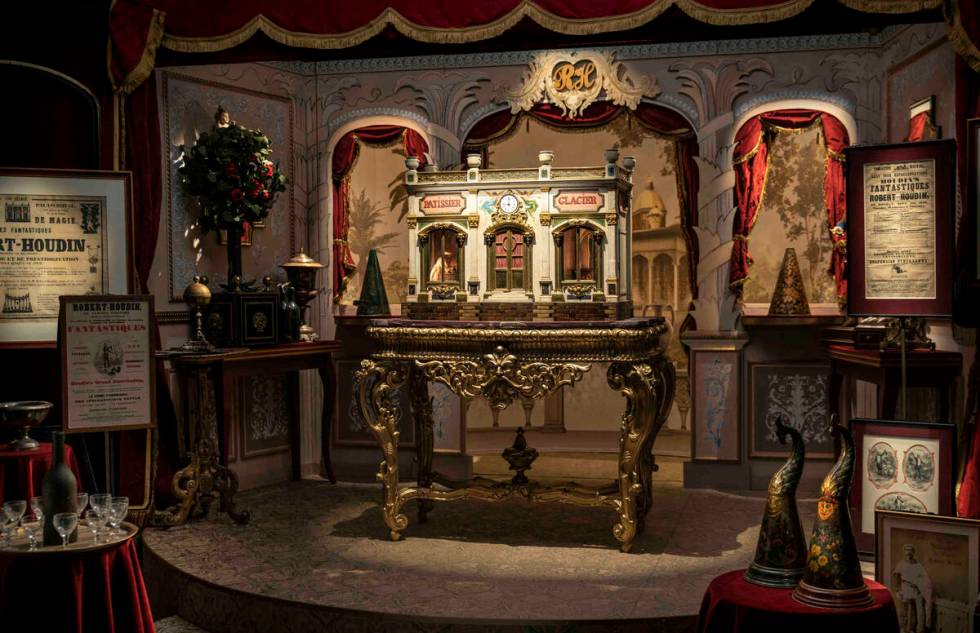
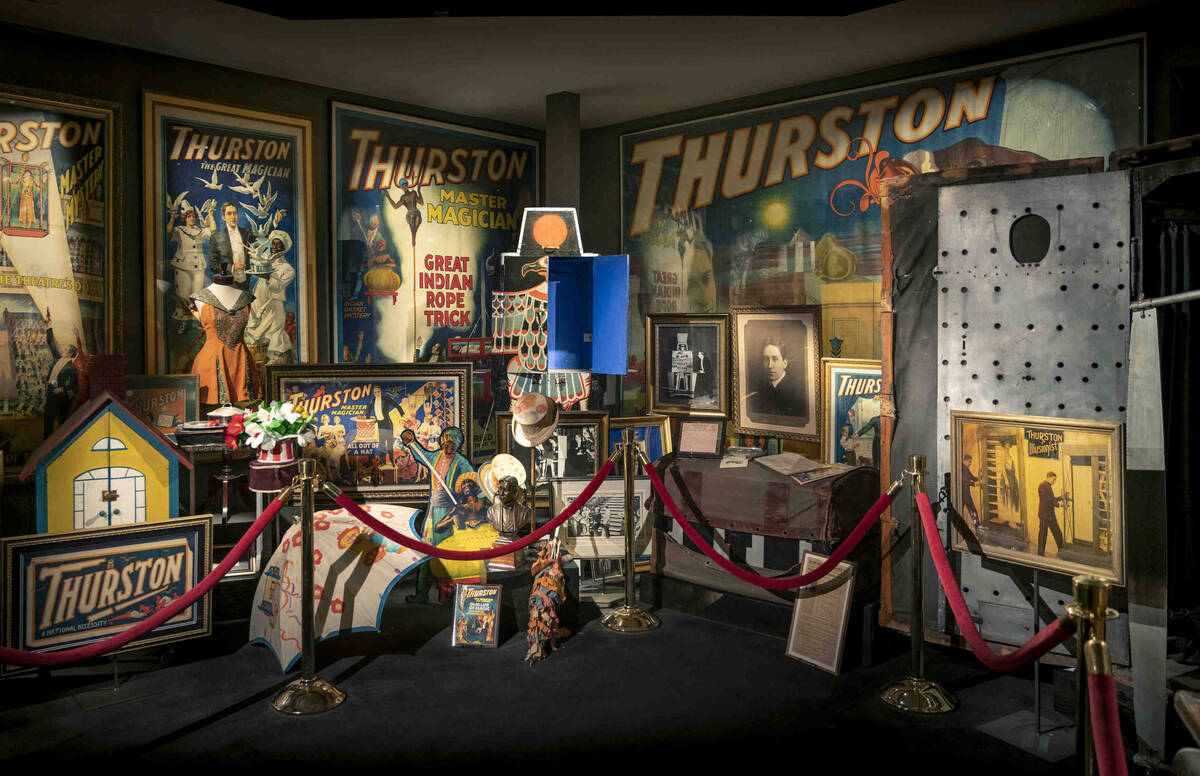
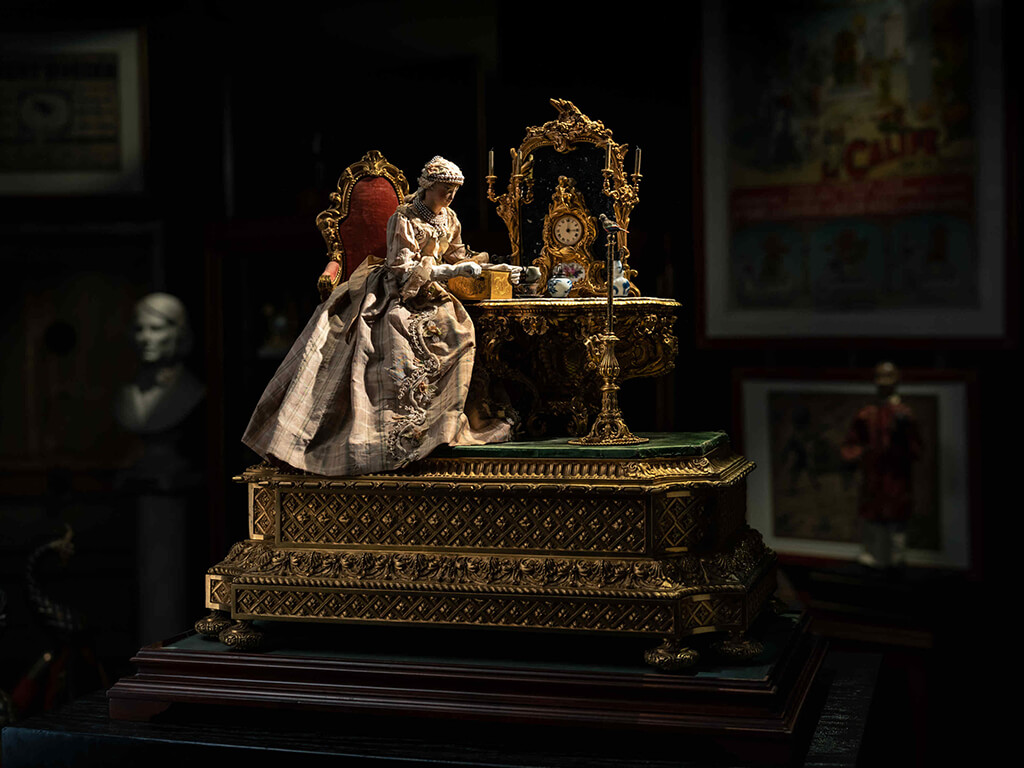 An "automata" created by Jean-Eugène Robert-Houdin, featuring a figurine that moves a crank which makes the nearby bird chirp. (Homer Anthony Liwag)
An "automata" created by Jean-Eugène Robert-Houdin, featuring a figurine that moves a crank which makes the nearby bird chirp. (Homer Anthony Liwag)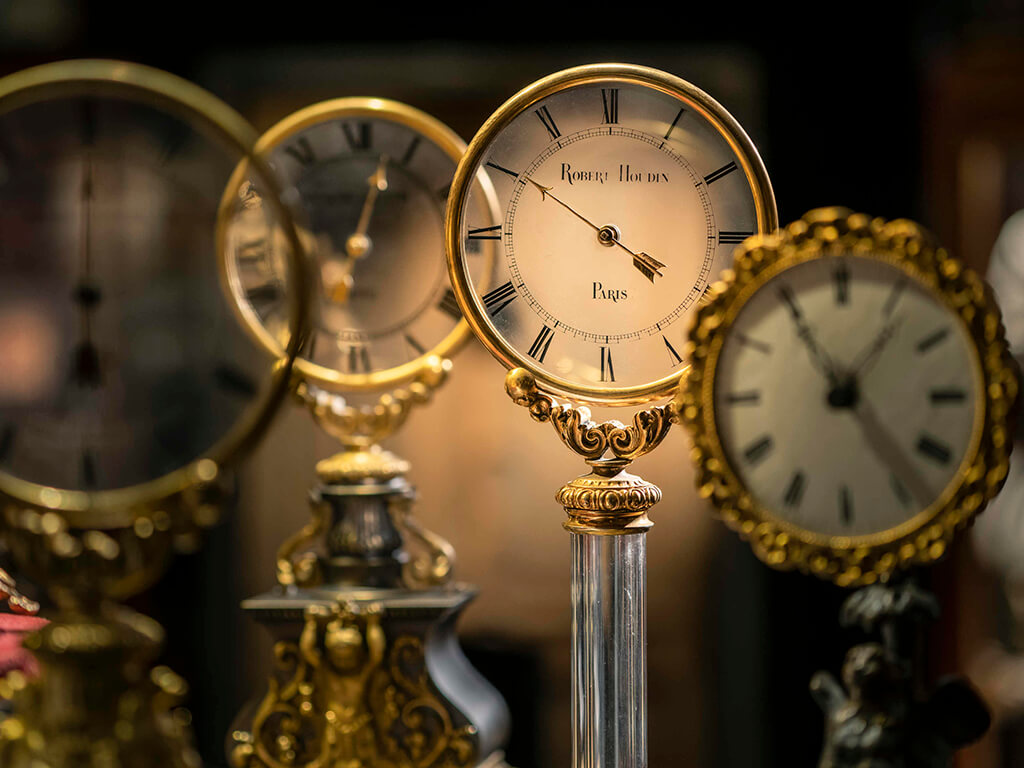 A set of "mystery clocks" invented by the famed illusionist Jean-Eugène Robert-Houdin. (Homer Anthony Liwag)
A set of "mystery clocks" invented by the famed illusionist Jean-Eugène Robert-Houdin. (Homer Anthony Liwag)Resources plentiful
Copperfield’s focused passion and financial resources have him uniquely positioned to assume the role of magic’s greatest living collector and exhibitor. He is routinely listed by Forbes as the wealthiest magician in the world, earning $45 million in 2020 despite a prolonged pandemic pause.
The illusionist makes ample income appear from Musha Cay, his 11 private Bahamian islands, where guests pay upward of six figures to visit. And he’s back to packing his 760-seat MGM Grand theater 15 times a week.
Many of Copperfield’s contemporaries, naturally, consider him magic’s preeminent figure.
“I think, simply, for better, he is the culture of magic,” Penn Jillette says. “I mean, I just want everything to wind up in his collection. He has taken his enormous wealth and he handled it so well. We’re very, very fortunate to have someone who’s doing such a great job of curating all the magic history.”
That history invokes some of Las Vegas’s favorite magic acts. Jillette, who has headlined with Teller in Penn & Teller at the Rio since 2001, mentions “The Great Tomsoni,” Johnny Thompson, and his wife, Pam. Both have passed away in the past three years.
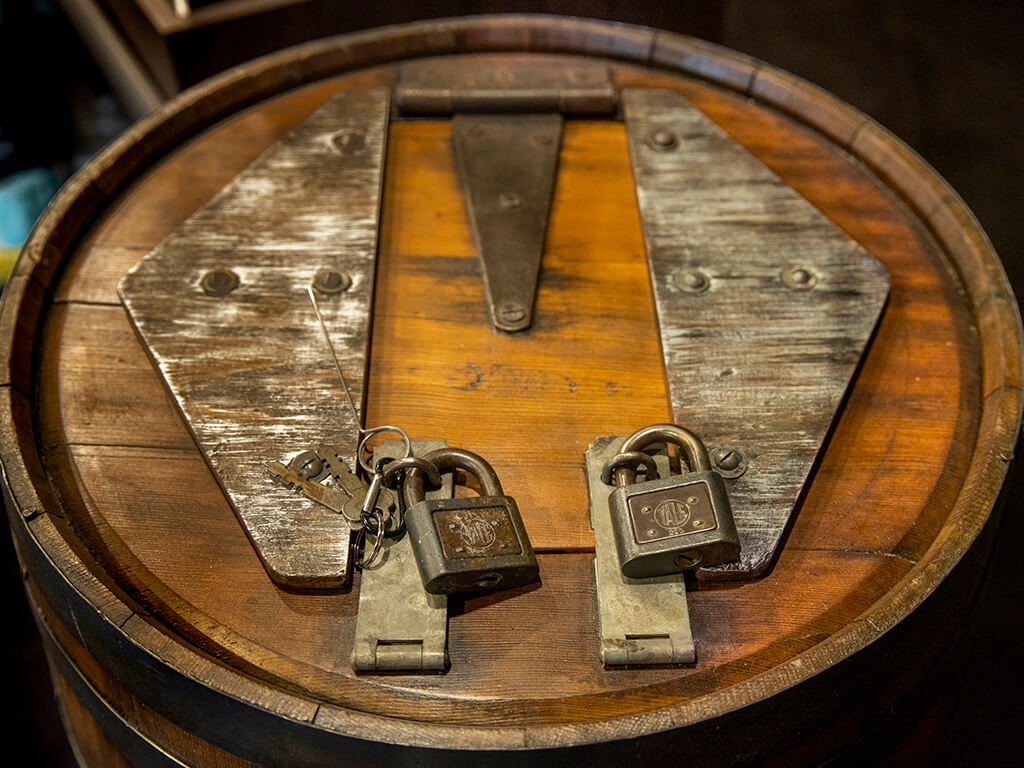 A magic barrel with locks sits in the lobby area of David Copperfield's International Museum and Library of the Conjuring Arts. (L.E. Baskow/Las Vegas Review-Journal) @Left_Eye_Images
A magic barrel with locks sits in the lobby area of David Copperfield's International Museum and Library of the Conjuring Arts. (L.E. Baskow/Las Vegas Review-Journal) @Left_Eye_Images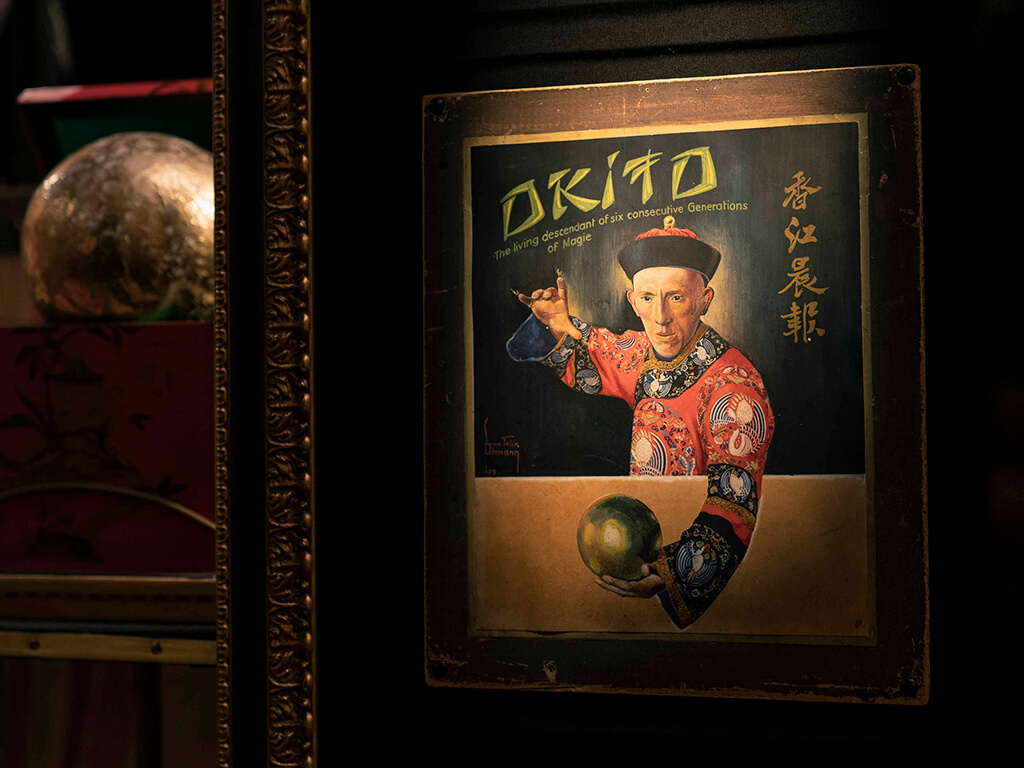 A poster featuring Tobias "Theo" Leendert Bamberg, who performed under the stage name Okito, as displayed in David Copperfield's International Museum and Library of the Conjuring Arts. (Homer Anthony Liwag)
A poster featuring Tobias "Theo" Leendert Bamberg, who performed under the stage name Okito, as displayed in David Copperfield's International Museum and Library of the Conjuring Arts. (Homer Anthony Liwag) 
“It’s one thing to go to his museum and see all the stuff that everyone drools over, you know, the, (Jean-Eugène) Robert-Houdin stuff and the Houdini stuff,” Jillette says. “I mean, that’s the stuff everybody gets really excited about. But I’m much, much more interested in the fact that he’s got Johnny and Pam’s stuff.”
Mac King, a Strip headliner dating to 2000 who is now at Excalibur, says Copperfield has earned his place as magic’s foremost chronicler.
“If anybody has the collection and history to write about magic, he’s the man,” King says. “It’s unbelievable what he can bring to the public. He’s got all the resources at his fingertips, and the fame that will reach anybody besides a magician to read about it. Not many people will read the history of magic by someone they’ve never heard of, but they will with Copperfield as the author.”
And the author is still a pertinacious performer.
“He’s not just a working magician,” King says. “He’s doing more shows than anybody, and getting better and better.”
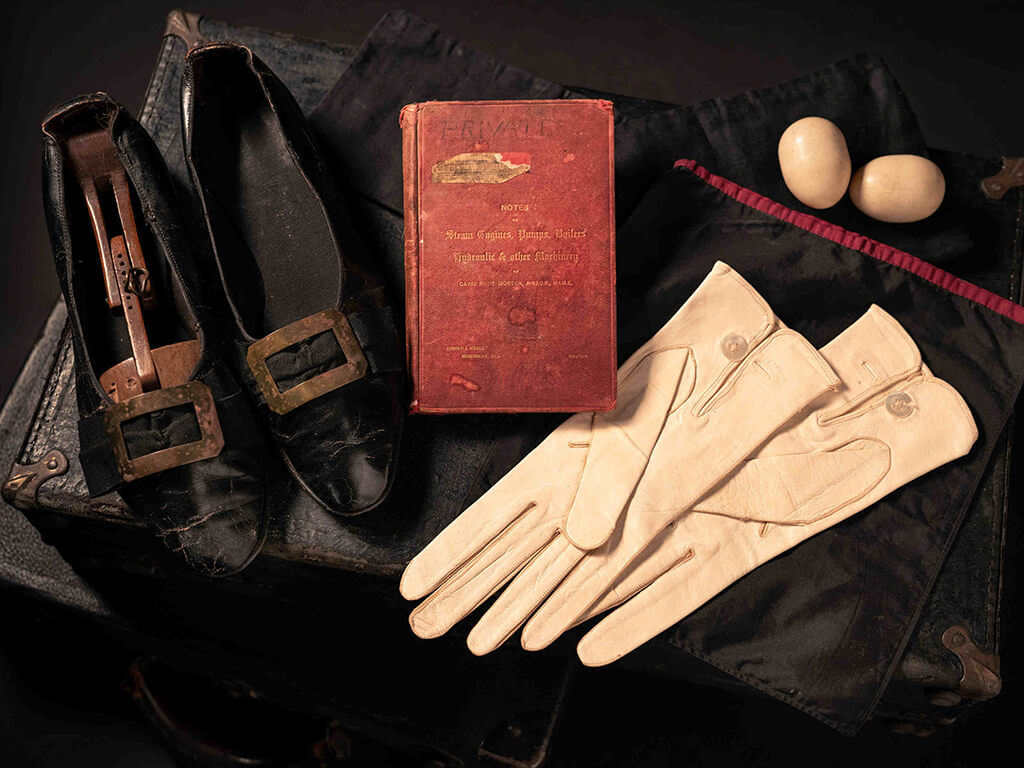 Personal effects that once belonged to magician Max Malini, including a book titled "Steam Engines, Pumps, Boilers, Hydraulics & other Machines." (Homer Anthony Liwag)
Personal effects that once belonged to magician Max Malini, including a book titled "Steam Engines, Pumps, Boilers, Hydraulics & other Machines." (Homer Anthony Liwag)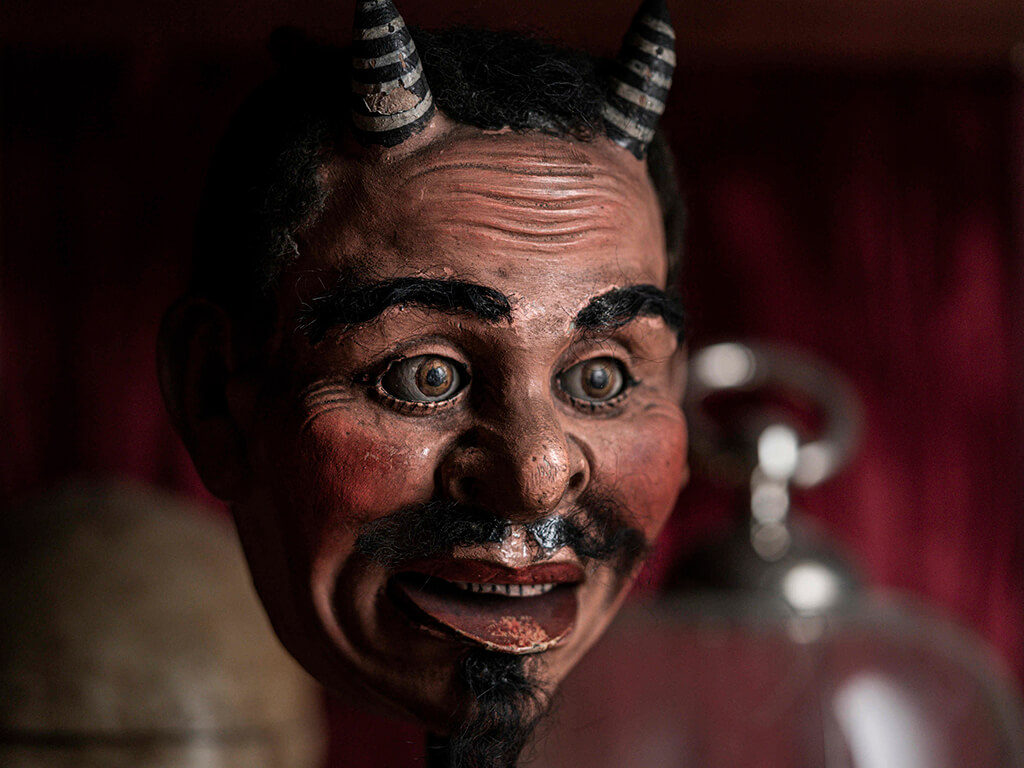 Martinka items on display at David Copperfield's International Museum and Library of the Conjuring Arts. (Homer Anthony Liwag)
Martinka items on display at David Copperfield's International Museum and Library of the Conjuring Arts. (Homer Anthony Liwag) 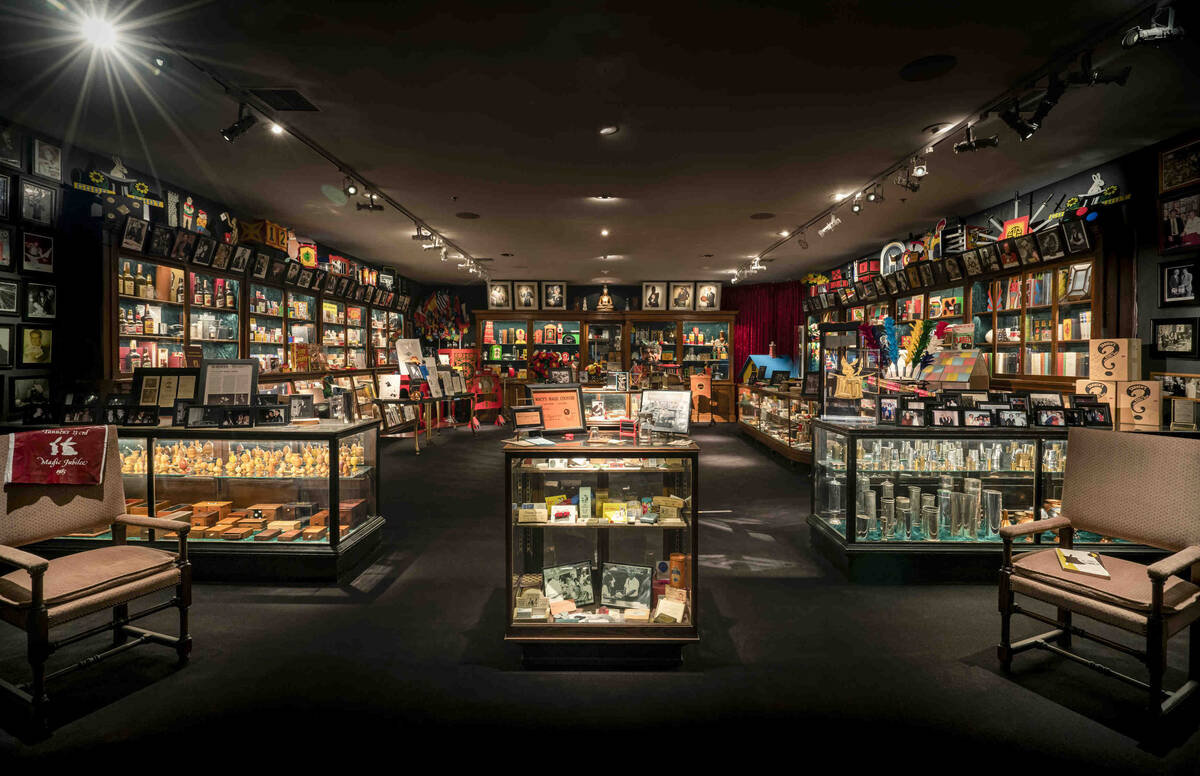
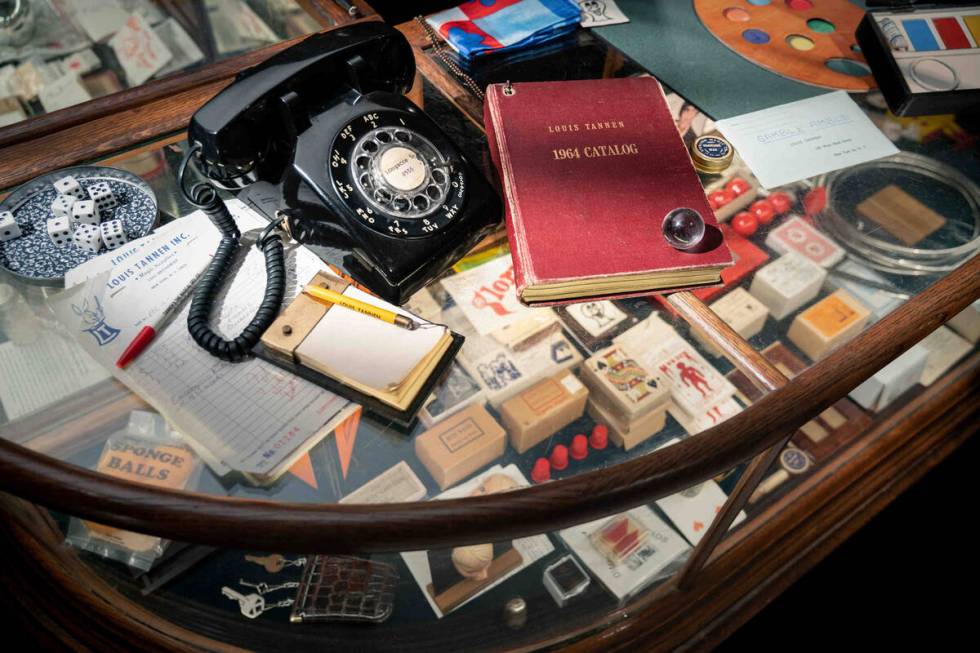
Lobbying Congress
Copperfield has worked away from the stage, lobbying Congress five years ago to pass a resolution that would recognize magic as a rare and valuable art form and national treasure. The same recognition has been afforded such entertainment genres as jazz.
“Certainly, the Library of Congress has respected magic, and has lots of my things, and they very nicely gave me some recognition. They have some Houdini stuff, and they know it’s an important thing,” Copperfield says. “But to actually get it in writing from them would help young artists get grants for magic … I was doing it for that reason more than anything else. And eventually, when things calm down, I hope they do calm down in the world, that that will happen.”
Similar to his forerunners who brought magic to the masses, Copperfield is forever wary of having his acts and concepts copped by other performers. In 2018, he sued a German company for building a replica of the spacecraft featured in his show.
That company had entered an agreement with “an unnamed Las Vegas magician” to create a similar flying object. The judge issued a temporary restraining order that prohibited the company from delivering “Flying Object 2 to the Las Vegas magician,” according to court documents.
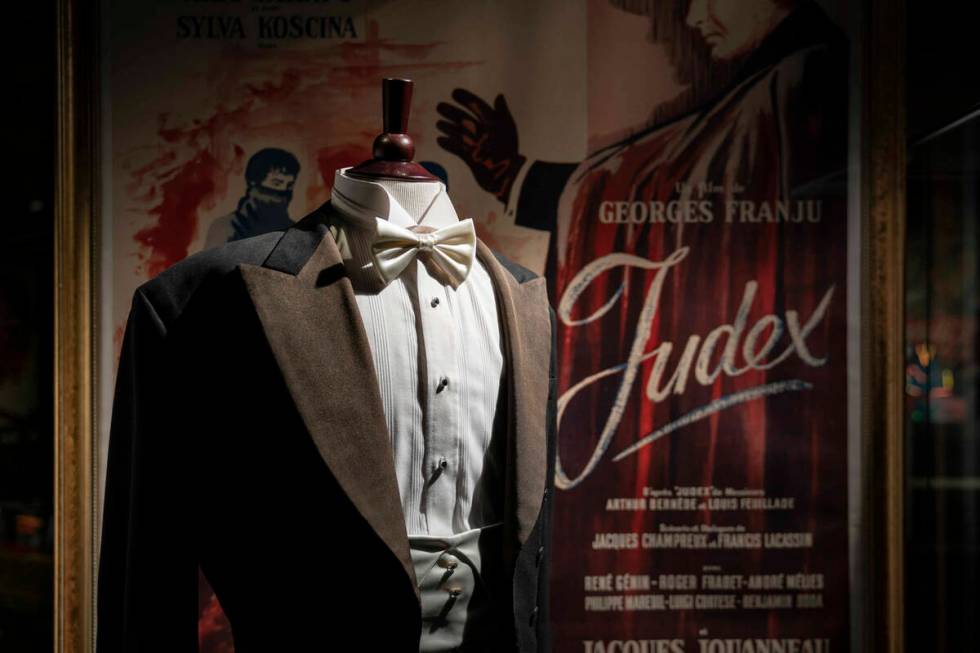
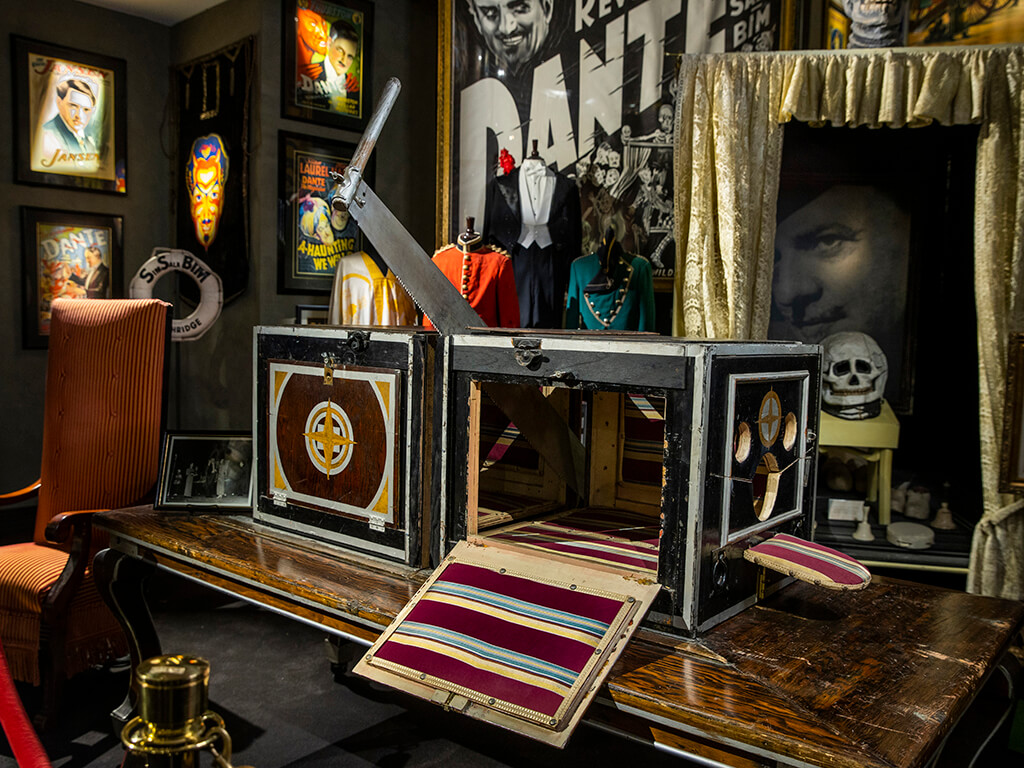 Dante The Magician's 'Sawing In Half' Illusion box. (L.E. Baskow/Las Vegas Review-Journal) @Left_Eye_Images
Dante The Magician's 'Sawing In Half' Illusion box. (L.E. Baskow/Las Vegas Review-Journal) @Left_Eye_Images 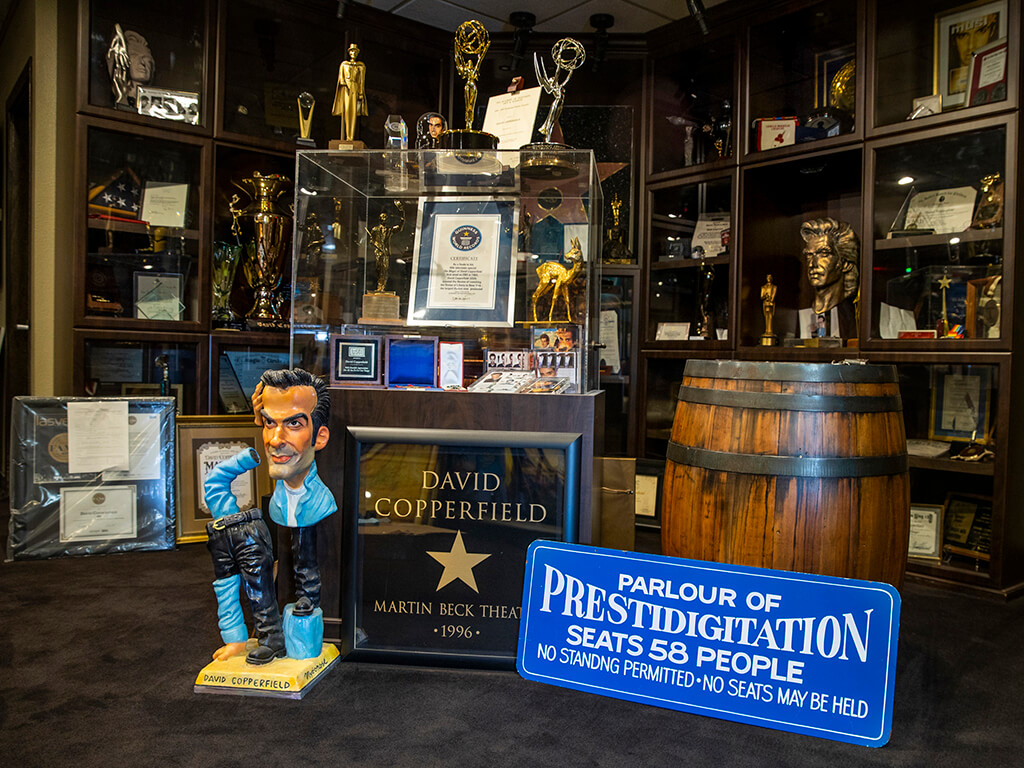 Awards, honors and other items given to David Copperfield fill a room of David Copperfield's International Museum and Library of the Conjuring Arts on Wednesday, Oct. 20, 2021, in Las Vegas. (L.E. Baskow/Las Vegas Review-Journal) @Left_Eye_Images
Awards, honors and other items given to David Copperfield fill a room of David Copperfield's International Museum and Library of the Conjuring Arts on Wednesday, Oct. 20, 2021, in Las Vegas. (L.E. Baskow/Las Vegas Review-Journal) @Left_Eye_ImagesOf his show being “nicked,” Copperfield says, “It is, it is a lot, but I take but I great solace knowing if you look at the Houdini exhibition, I’ll show you three sheets and posters of people do the exact same thing. He had the exact same thing happen to him.”
He continues, “Things I’ve done in the past have been copied. There’s a guy in Spain, right now, doing my whole show. He’s doing dinosaurs. He’s using wristbands (a technology used in the MGM Grand production). He’s making it snow, and I used to make it snow.
“People say it’s a great show.”
But Copperfield just continues to expand his ideas.
“Fortunately, I’m lucky enough to have the ability to create things,” he says. “I’ve gone through many different transitions of things.”
Copperfield takes off for the Bahamas when he needs to focus on creativity and to put distance between himself and what is being performed elsewhere. In fact, he just returned to Las Vegas after spending much of the last week there, just as his book was released.
“I took all my energy and put it onto this resort that I developed,” the famed magician says. “At the end of the day. I want peace. I want happiness. And luckily, I can work on new things that will hopefully move the craft forward.”
John Katsilometes’ column runs daily in the A section. His “PodKats!” podcast can be found at reviewjournal.com/podcasts. Contact him at jkatsilometes@reviewjournal.com. Follow @johnnykats on Twitter, @JohnnyKats1 on Instagram.



